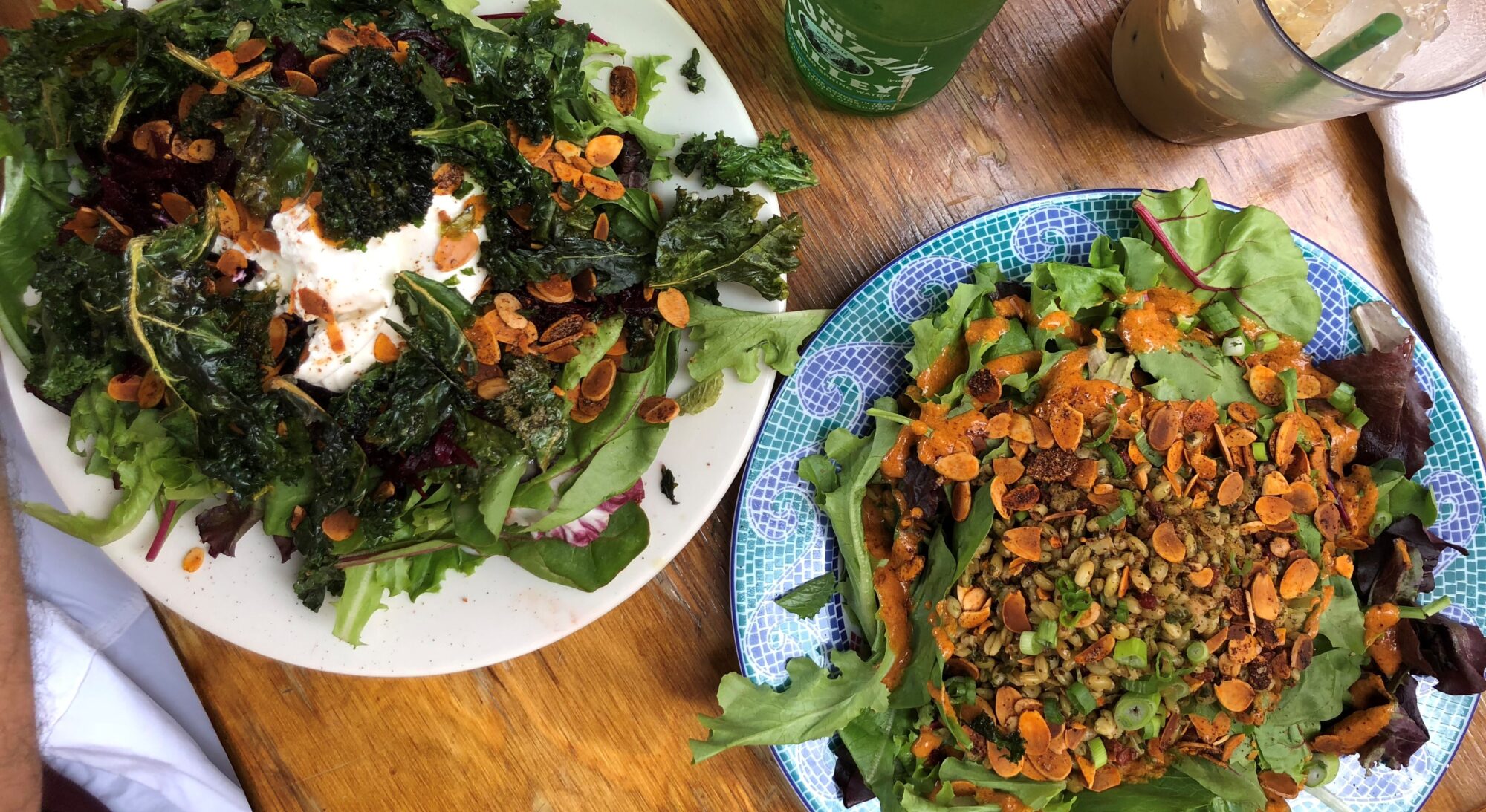Your diet can be a great place to start when looking for ways to relieve symptoms related to a pelvic floor disorder. The following guidelines can help improve the health of your pelvic floor to keep your bladder and gut functioning at an optimal level.
Some patients with bladder pain, urinary urgency, or frequency find that specific foods or beverages contribute to their symptoms. Some of the more common dietary irritants include:
- Tomatoes
- Caffeine
- Citrus fruits/juices
- Spicy foods
- Acidic foods and beverages
- Carbonated beverages
- Alcohol
- Chocolate
- Artificial sweeteners
You can try to discover if any of these foods contribute to your symptoms by following an elimination diet, then adding back one food or beverage at a time. Eliminate all foods you feel may flare your symptoms, for 7-10 days. Once you experience relief of symptoms, add back one eliminated item at a time, every 10-14 days. If symptoms return, this may suggest that the specific food or beverage is an irritant for you and is best avoided.
Additionally, if you have more difficulty with bowel movements (constipation or diarrhea), these issues can also be improved by making some dietary changes. Even if your symptoms are more bladder-related, it is important to keep your bowel movements regular to minimize irritation of the bladder from the nearby structures.
Constipation can be caused by:
- Not enough or not the right type of fiber
- Poor fluid intake
 Lack of exercise
Lack of exercise- Too many simple sugars or white food products
- Certain diseases
- Medications
- Tight or poor-functioning pelvic floor muscles
- Food intolerances such as gluten or lactose
Constipation can cause increased pressure in the abdomen, bloating, gas, and pressure on the bladder, pelvic organs, and pelvic floor muscles. Straining during a bowel movement is not good for your abdominal and pelvic floor muscles as it could result in a hernia, hemorrhoids, or pelvic organ prolapse. It is best to do what you can to minimize constipation to prevent these injuries.1
It is important to ease into dietary changes slowly to give your body adequate time to adjust. Some suggestions include:
- Add fiber slowly. Women should aim for 25 grams of fiber per day, while men should target 38 grams (or 21 and 30 grams daily, respectively, for those over the age of 50).2
- When increasing fiber, be sure to drink plenty of fluids.
- Hot liquids can help; hot water, tea, coffee, and caffeine can aid in the stimulation of bowels. However, too much caffeine can cause dehydration of stools.
- Avoid refined and processed foods.
- Eliminate fried foods and foods high in fat.
- Try probiotics (dietary supplements containing good bacteria that can help digestion)
Here are a few foods that are naturally high in fiber2:
- 1 large pear with skin (7 grams)
- 1 cup fresh raspberries (8 grams)
- ½ medium avocado (5 grams)
- 1 ounce almonds (3.5 grams)
- ½ cup cooked black beans (7.5 grams)
- 3 cups air-popped popcorn (3.6 grams)
- 1 cup cooked pearled barley (6 grams)
It may also be beneficial to avoid the following foods that tend to produce gas in the gut:
- Beans and legumes
- Broccoli, cauliflower, cabbage, brussel sprouts, asparagus, corn
- Dairy products
- Carbonated beverages
If you experience diarrhea, it may be necessary to adjust the amount or type of fiber in your diet.
- Start by reducing the amount of fiber in your diet to get the diarrhea under control. Reintroduce soluble fiber (cereals, fruits, vegetables such as carrots, broccoli, beans, peas) slowly into your diet to avoid constipation. Once you’re able to tolerate the soluble fiber, slowly add small portions of insoluble fiber (leafy green vegetables, fruit skins, nuts, whole wheat products) until you work up to a balance between the two. If you cannot tolerate insoluble fiber at all, stick to the soluble fiber.
- Eliminate fried and high-fat foods
- Drink plenty of water
- Limit sugars, starches, artificial sweeteners
- Try probiotics1
These are some general recommendations for helping to minimize pelvic floor muscle dysfunction. It may be necessary for you to see a dietitian to be sure that you are getting the appropriate nutritional counseling for your specific condition and overall health and wellness goals.
1 Stein, Amy, Heal Pelvic Pain, 2009.
2 Larson, H, Easy Ways to Boost Fiber in your Daily Diet, Academy of Nutrition and Dietetics, Sept 2017. (www.eatright.org).



